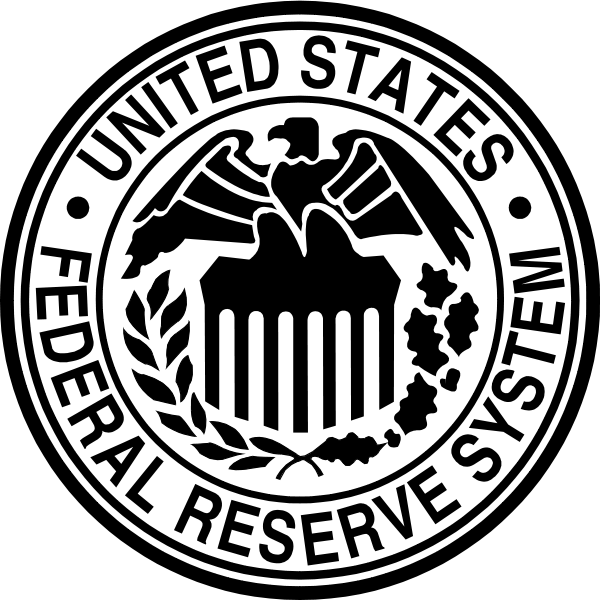 _______________
_______________[Wikipedia]
The Federal Reserve System (also known as the Federal Reserve, and informally as the Fed) is the central banking system of the United States. It was created in 1913 with the enactment of the Federal Reserve Act, largely in response to a series of financial panics, particularly a severe panic in 1907.[2][3][4] Over time, the roles and responsibilities of the Federal Reserve System have expanded and its structure has evolved.[3][5] Events such as the Great Depression were major factors leading to changes in the system.[6] Its duties today, according to official Federal Reserve documentation, are to conduct the nation's monetary policy, supervise and regulate banking institutions, maintain the stability of the financial system and provide financial services to depository institutions, the U.S. government, and foreign official institutions.[7]
The Federal Reserve System's structure is composed of the presidentially appointed Board of Governors (or Federal Reserve Board), the Federal Open Market Committee (FOMC), twelve regional Federal Reserve Banks located in major cities throughout the nation, numerous privately owned U.S. member banks and various advisory councils.[8][9][10] The FOMC is the committee responsible for setting monetary policy and consists of all seven members of the Board of Governors and the twelve regional bank presidents, though only five bank presidents vote at any given time. The responsibilities of the central bank are divided into several separate and independent parts, some private and some public. The result is a structure that is considered unique among central banks. It is also unusual in that an entity outside of the central bank, namely the United States Department of the Treasury, creates the currency used.[11]
According to the Board of Governors, the Federal Reserve is independent within government in that "its decisions do not have to be ratified by the President or anyone else in the executive or legislative branch of government." However, its authority is derived from the U.S. Congress and is subject to congressional oversight. Additionally, the members of the Board of Governors, including its chairman and vice-chairman, are chosen by the President and confirmed by Congress. The government also exercises some control over the Federal Reserve by appointing and setting the salaries of the system's highest-level employees. Thus the Federal Reserve has both private and public aspects.[12][13][14][15] The U.S. Government receives all of the system's annual profits, after a statutory dividend of 6% on member banks' capital investment is paid, and an account surplus is maintained. The Federal Reserve made a profit of $82 billion and transferred $79 billion to the U.S. Treasury in 2010.[16]
____________________________________________________________
http://en.wikipedia.org/wiki/G._Edward_Griffin#The_Creature_from_Jekyll_Island
http://www.ronpaul.com/congress/legislation/111th-congress-200910/audit-the-federal-reserve-hr-1207/



No comments:
Post a Comment